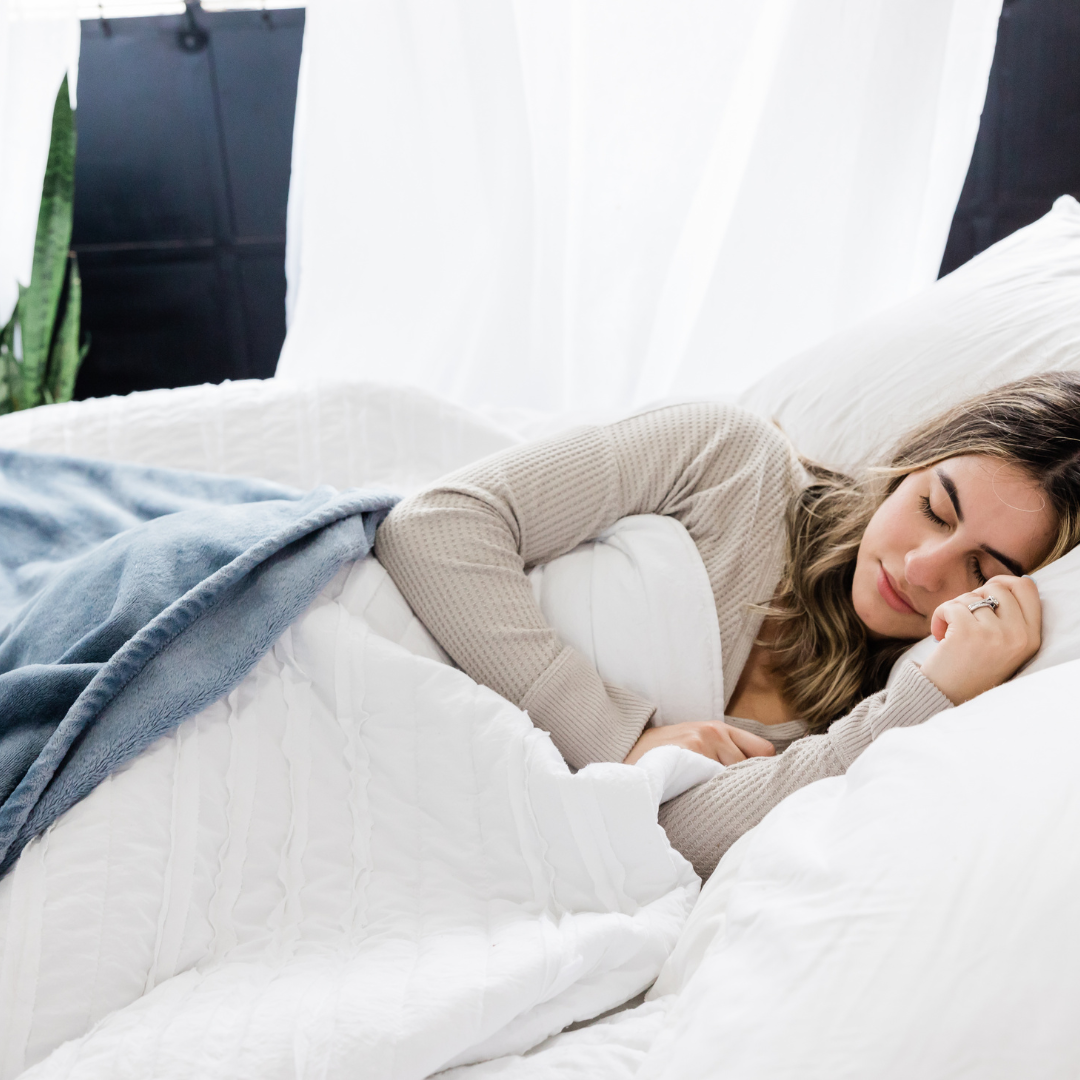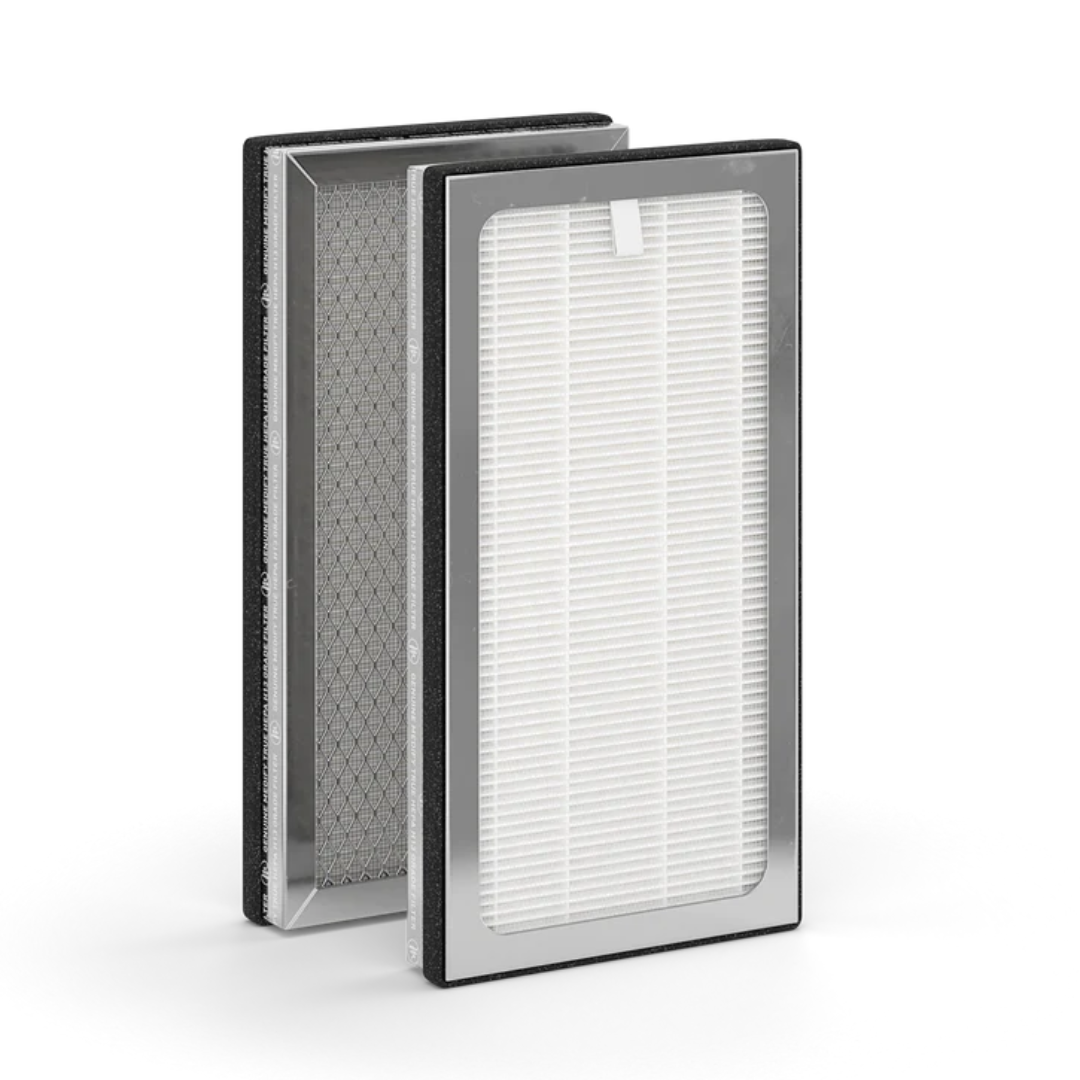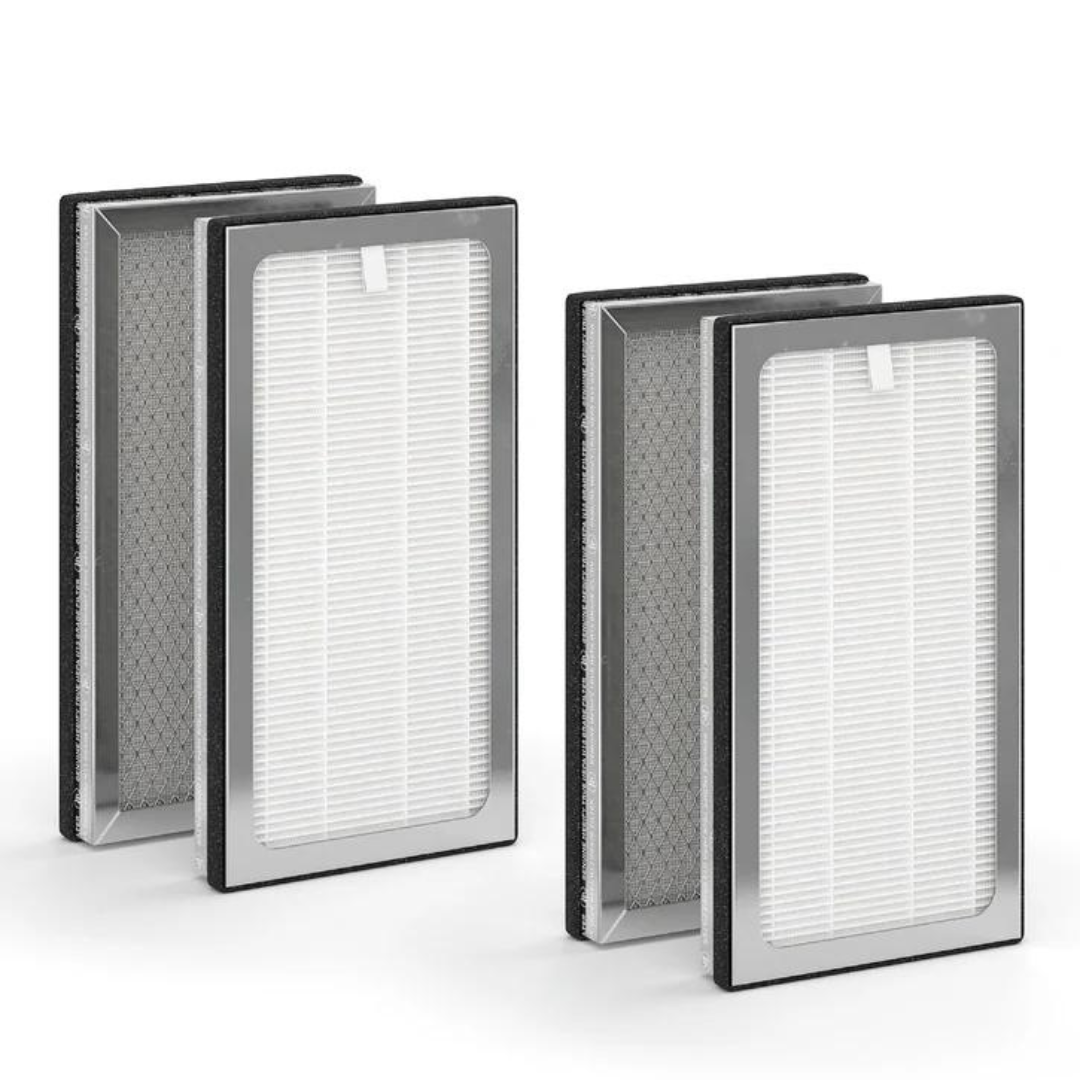We spend roughly one-third of our lives sleeping, predominantly in our bedrooms. However, the very features that make these spaces cozy—like upholstered furniture and curtains—can also make them hotspots for allergens and respiratory irritants such as dust, mold, pet dander, and pollen.
The Environmental Protection Agency (EPA) reports that indoor air, including the air in our bedrooms, can be two to five times more polluted than outdoor air, and in some cases, up to 100 times more polluted. These pollutants can trigger physical reactions such as congestion, coughing, and sneezing, which can disrupt sleep. Research published in the journal Current Medical Research and Opinion indicates that nasal congestion not only leads to sleep problems but also increases fatigue, headaches, and daytime drowsiness.
If you’re considering whether an air purifier might help, experts generally say yes—but the effectiveness depends on the type of purifier, its placement, and how well it's maintained. Here’s a breakdown of what you need to know.
How Air Purifiers Work
Air purifiers are designed to clean the air by filtering out even the smallest particles. They use a fan to draw air in, pass it through one or more filters to trap pollutants, and then release the cleaned air back into the room. Studies suggest that a high-quality air purifier can remove 22.6% to 92% of fine particulate matter (tiny particles that can be inhaled and cause health issues).
HEPA (High-Efficiency Particulate Air) filters are considered the gold standard. According to the EPA, HEPA filters can capture 99.97% of dust, pollen, mold, and particles as small as 0.3 microns—the most challenging size for mechanical filters to capture. Dr. Naomi R. Kramer, a pulmonologist and sleep medicine physician, notes that HEPA filters targeting smaller particles (PM2.5) are particularly beneficial since these particles penetrate deeper into the lungs.
However, an air purifier only filters airborne particles. "Heavier particles like dust mite allergens and pollen settle on surfaces, so filtering the air might not be effective unless these particles are disturbed and become airborne again," Kramer explains.
Which Air Purifiers to Avoid
The EPA advises against air purifiers that use ions or UV light, as they may produce ozone, which can irritate the lungs. The Association of Home Appliance Manufacturers lists air purifiers that emit little to no ozone.
How Air Purifiers Can Improve Your Sleep
If you've ever struggled to sleep with a stuffy nose or unpleasant odors—whether from smoke, cooking, pets, or stale air—you know that improved air quality can enhance your sleep. A small study found that when participants used an air purifier with a filter, they slept an average of 12 minutes longer per night and spent 19 minutes more in bed. Over a week, this amounts to an additional 84 minutes of sleep, or over three full days of extra sleep per year. Dr. Faisal Zahiruddin, a sleep specialist, notes that those with allergies or asthma might experience even greater benefits.
A study published in Sleep Health in April 2023 found that air pollution negatively affects sleep, with high particulate matter linked to a 3.2% decrease in sleep efficiency. Improved air quality might also alleviate other sleep-related issues like snoring, although specific studies on air purifiers and snoring are limited. Dr. Kramer suggests that reduced irritants in the air could potentially reduce nasal inflammation and, consequently, snoring.
Other Health Benefits of Air Purifiers
Air purifiers can aid in breathing and lung issues like asthma, and research shows they may offer additional health benefits. For instance, a study on older adults in China found that using an air purifier for just 48 hours resulted in decreased levels of inflammatory and coagulation biomarkers, indicating improved cardiopulmonary function. Another review found that using an air purifier for about 13.5 days could lower systolic blood pressure by 4 mmHg, which may reduce mortality from stroke and coronary heart disease.
Choosing and Using an Air Purifier
While no air purifier can eliminate all pollutants, they can significantly improve air quality, particularly for those with allergies, pets, or poor outdoor air quality. For those with asthma or insomnia, consulting a healthcare provider for tailored advice is recommended.
When selecting an air purifier:
- Filter Type: Choose one with a HEPA filter for capturing small particles. Some purifiers also address gases and odors with activated carbon filters.
- Size and Capacity: Ensure the purifier is suitable for your room size. Check the clean air delivery rate (CADR) to gauge its effectiveness.
- Placement: Place the purifier in a location with clear space around it. Avoid placing it near bedding, curtains, or furniture.
- Operation: Run the purifier for extended periods and at high fan speeds to maximize air filtration.
- Maintenance: Clean or replace filters as recommended by the manufacturer. Regular maintenance is crucial to ensure optimal performance and air quality.
Adhering to these guidelines can help maintain cleaner air and, consequently, improve your sleep and overall health.



